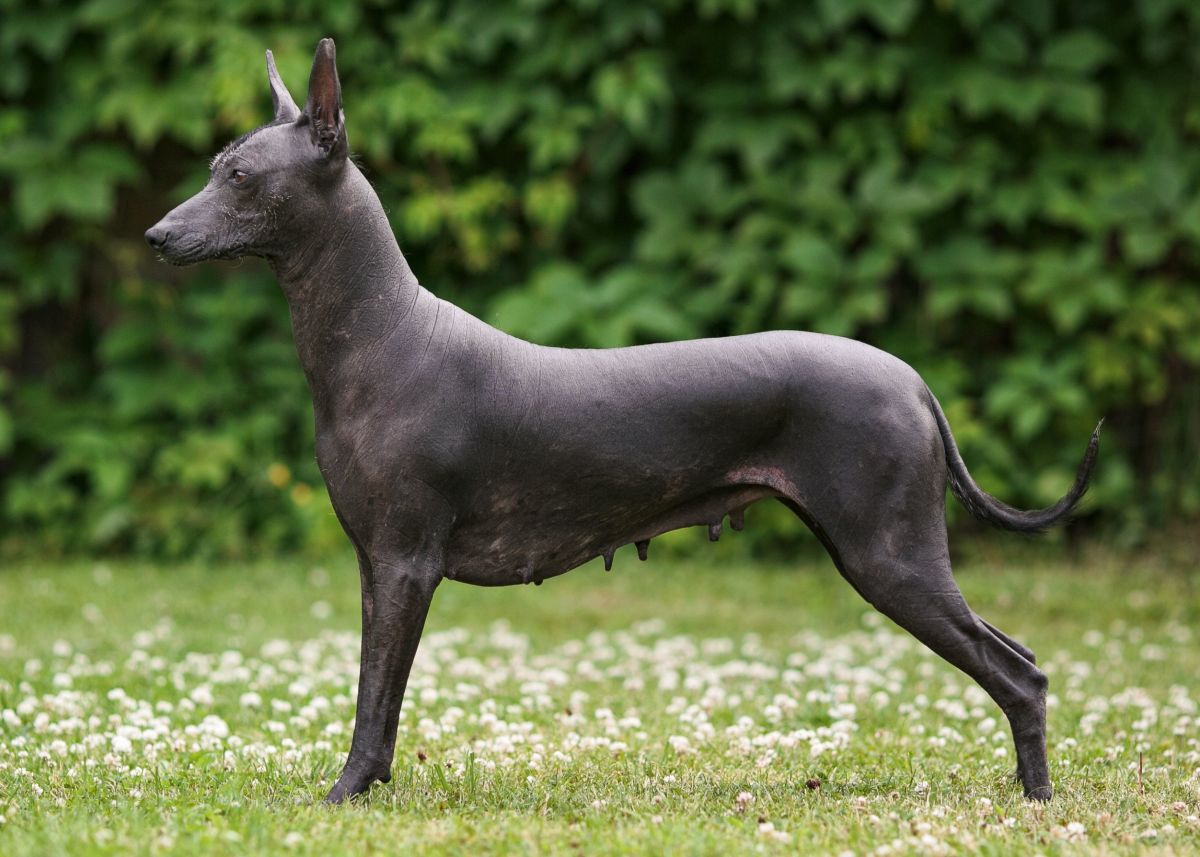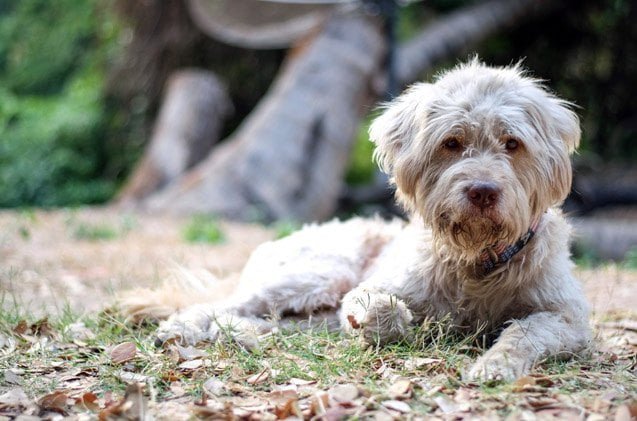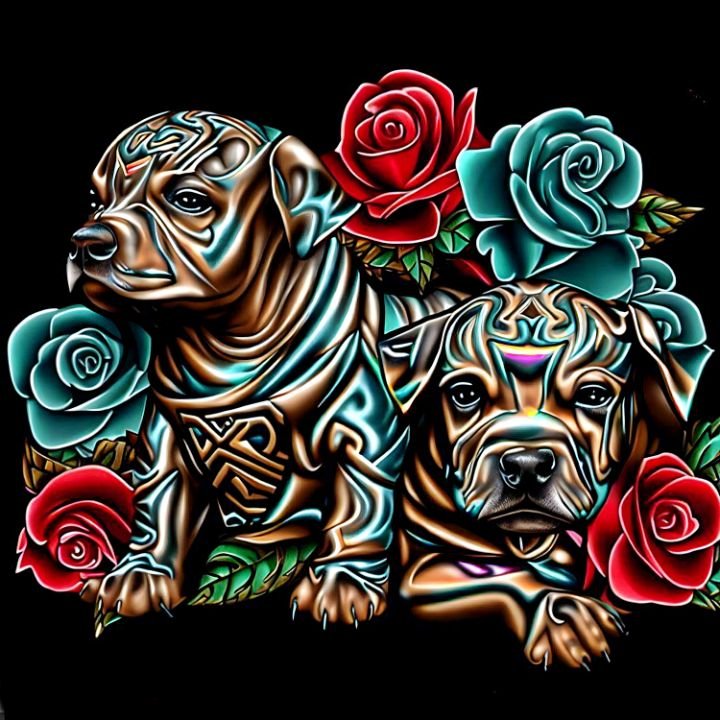The Inca Hairless Dog, also known as the Peruvian Inca Orchid, is an extraordinary breed with a rich history and unique physical traits.

Credit: www.amazon.com
Origin and History
The Inca Hairless Dog is believed to have originated in Peru during pre-Columbian times. This ancient breed was highly regarded by the Inca Empire and was often seen as a symbol of nobility and spirituality.
They were commonly kept as companions, guard dogs, and even used in religious ceremonies. The dog breed is considered a national treasure in Peru, and efforts have been made to preserve and protect this unique breed.

Credit: discover.hubpages.com
Physical Characteristics
One of the most notable features of the Inca Hairless Dog is its lack of fur. The majority of the breed is born without fur, although some variations may have short, thin coats. The absence of fur makes their skin more prone to sunburn, requiring owners to take extra precautions to protect them from excessive exposure to sunlight.
| Physical Features | Description |
|---|---|
| Elongated body | The Inca Hairless Dog has a slender and elongated body structure. |
| Large ears | The breed is characterized by large ears that stand erect. |
| Almond-shaped eyes | The almond-shaped eyes give the Inca Hairless Dog an alert expression. |
| Slim tail | They have a slim and whip-like tail. |
Temperament and Personality
Inca Hairless Dogs are known for their affectionate and loyal nature towards their human families. They enjoy being close to their owners and thrive on human companionship.
Additionally, this breed is typically good with children and other pets if properly socialized from an early age. They have a calm and gentle temperament, making them suitable for families of all sizes.
Exercise and Care
Despite their hairless appearance, the Inca Hairless Dog requires regular exercise to maintain good health and prevent obesity. Daily walks or play sessions in a securely fenced area are necessary to fulfill their energy needs.
Grooming needs for this breed include regular skin care, especially to keep their skin moisturized and protected. Sunscreen and protective clothing can be used to shield their sensitive skin from sun exposure. Nail trims, teeth brushing, and ear cleaning should also be part of their regular grooming routine.
Health Concerns
While generally a healthy breed, Inca Hairless Dogs are susceptible to certain health conditions:
- Dental Issues: Due to their lack of teeth, Inca Hairless Dogs may require regular dental care to prevent dental diseases.
- Skin Conditions: Their hairlessness makes them prone to skin conditions like acne, sunburn, and allergies.
- Temperature Sensitivity: Due to their lack of fur, they are more sensitive to extreme temperatures and require extra protection in cold or hot weather.
Final Thoughts
The Inca Hairless Dog is a captivating breed that embodies a rich history and unique appearance. Their hairless coat, combined with their affectionate nature, makes them a cherished companion for those willing to provide the extra care they require. With their noble heritage and distinctive features, the Inca Hairless Dog is truly a remarkable and one-of-a-kind breed.
Frequently Asked Questions Of Inca Hairless Dog : Discover The Fascinating History And Unique Traits
Q: What Is An Inca Hairless Dog?
A: The Inca Hairless Dog, also known as Peruvian Inca Orchid, is a breed of dogs characterized by their hairless bodies and ancient heritage.
Q: Are Inca Hairless Dogs Good Pets?
A: Yes, Inca Hairless Dogs can make great pets! They are affectionate, loyal, and require special care due to their hairless skin.
Q: How Do You Care For An Inca Hairless Dog?
A: Caring for an Inca Hairless Dog involves regular bathing, moisturizing their skin, protecting them from extreme temperatures, and providing proper sun protection.












